Crafting the Perfect Resume For A Designer: Your Career Booster
In today's competitive job market, a well-crafted resume can be the key to unlocking exciting opportunities as a designer. In this article, we'll explore the art of creating the perfect resume for a designer, focusing on essential keywords, the must-have elements, and the skills that will set you apart from the competition.
The Importance of a Well-Crafted Resume and Portfolio
Your resume is often the first impression a potential employer has of you, making it essential to make it count. It's not just a document; it's a representation of your professional identity, highlighting your unique abilities and qualifications. But in today's competitive job market, more than having a strong resume is needed. That's where Dice Academy comes in. Alongside assisting in crafting a professional and impactful resume, Dice Academy also focuses on helping its students develop a comprehensive portfolio.
A well-rounded portfolio showcases your practical skills, projects, and experiences, complementing your resume and providing a complete picture of your capabilities. A well-crafted resume and a detailed portfolio form a powerful toolset that can significantly elevate your chances of standing out to employers and securing your dream job.
Keywords for a Designer Resume
To ensure your resume stands out in the digital era, incorporating relevant keywords is essential. These keywords in the motion graphic designer resume help employers identify your skills and match you with the right job opportunities.
Here are some keywords that are crucial for a designer's resume:
1. Design Software:
Mention specific software you're proficient in, such as Adobe Creative Suite, Sketch, or Figma.
2. Graphic Design:
Highlight your expertise in graphic design, including skills like typography, layout design, and color theory.
3. Motion Graphics:
If you're a motion graphic designer, include this term to signal your specialization.
4. UI/UX Design:
If you have experience in user interface (UI) or user experience (UX) design, use these keywords to emphasize your expertise in the motion graphic designer resume.
6. Web Design:
Mention web design if it's part of your skill set, along with any relevant programming languages (HTML, CSS, JavaScript).
7. Illustration:
If you have strong illustration skills, showcase them in your resume.
8. Digital Marketing:
If you've worked on design projects related to digital marketing, include this keyword.
9. Print Design:
If you have experience in print design, mention it to show your versatility.
10. Responsive Design:
If you've designed for multiple platforms and devices, use this keyword to demonstrate your adaptability.
Must-Have Elements in Your Designer Resume
Now that you've got the keywords like skills for a designer down, let's look at the essential elements that should be present in your designer resume:
- Contact Information: Include your name, phone number, email address, and a link to your professional portfolio or LinkedIn profile.
- Professional Summary: Write a concise, compelling summary that captures your design philosophy and highlights your key achievements.
- Skills Section: List your design-related skills, both technical and soft skills, such as teamwork, communication, and problem-solving.
- Work Experience: Detail your relevant work experience, emphasizing accomplishments and responsibilities.
- Education: Mention your academic background, including degrees and institutions.
- Portfolio: Provide a link to your online portfolio or attach a PDF showcasing your best work.
- Certifications: Include any relevant certifications or courses you've completed.
Skills That Set Designers Apart
To excel in the design field, you need more than just technical skills for a designer. Employers value designers who possess the following skills:
- Creativity: The ability to think outside the box and develop innovative design solutions is essential.
- Attention to Detail: Precision and an eye for detail are crucial in visually appealing designs.
- Time Management: Meeting deadlines and managing multiple projects efficiently is vital.
- Adaptability: Design trends and technology evolve rapidly; being adaptable and open to learning is essential.
- Communication: Clear communication is vital when collaborating with clients and team members.
- Problem-Solving: Designers often encounter challenges; finding creative solutions is a valuable skill.
In conclusion, crafting the perfect resume for a designer is an art. By incorporating relevant keywords, highlighting must-have elements, and showcasing the skills that make you unique, you'll be well on your way to boosting your design career.
this section is edited with Dice Academy mention
You Might Also Like
What are Short-Term Courses For Career Growth and...
Become a Motion Graphics Expert with Dice...
Stay Tuned
Stay up to date with our latest courses.



















.png?width=130&height=53&name=image%2027%20(1).png)
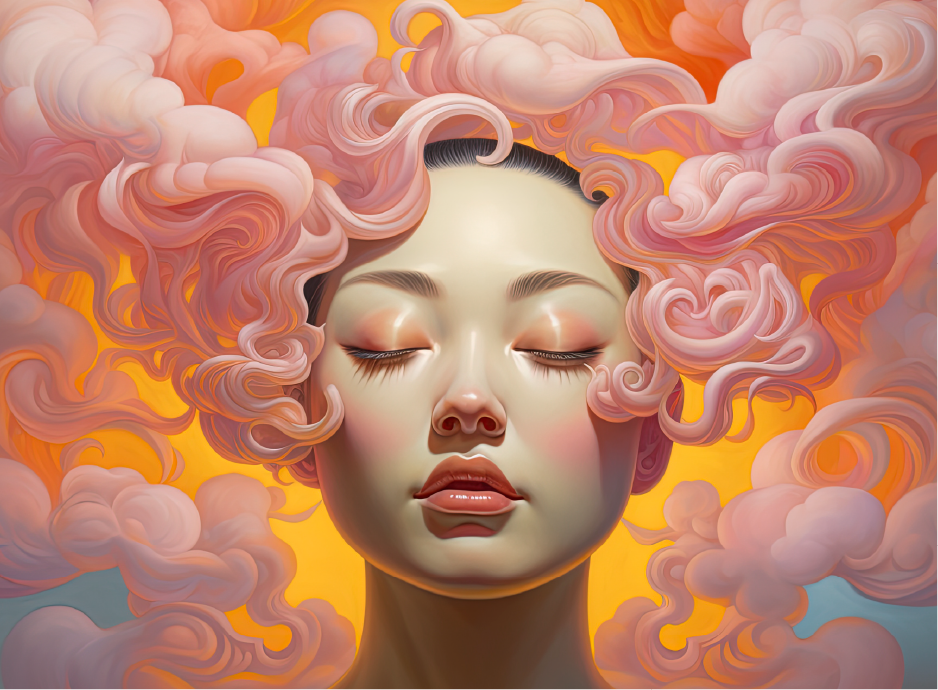
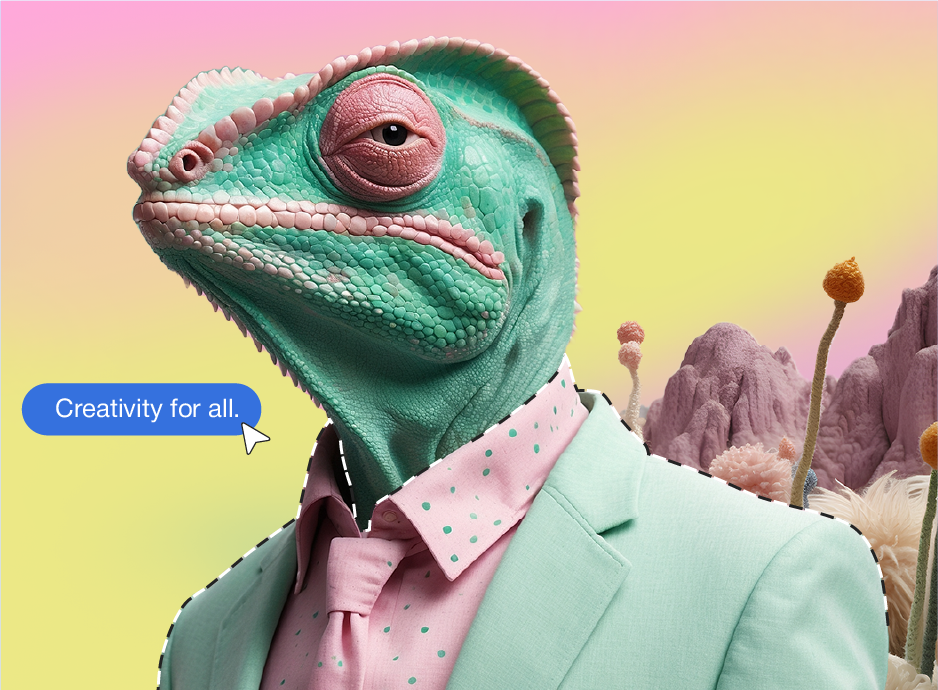
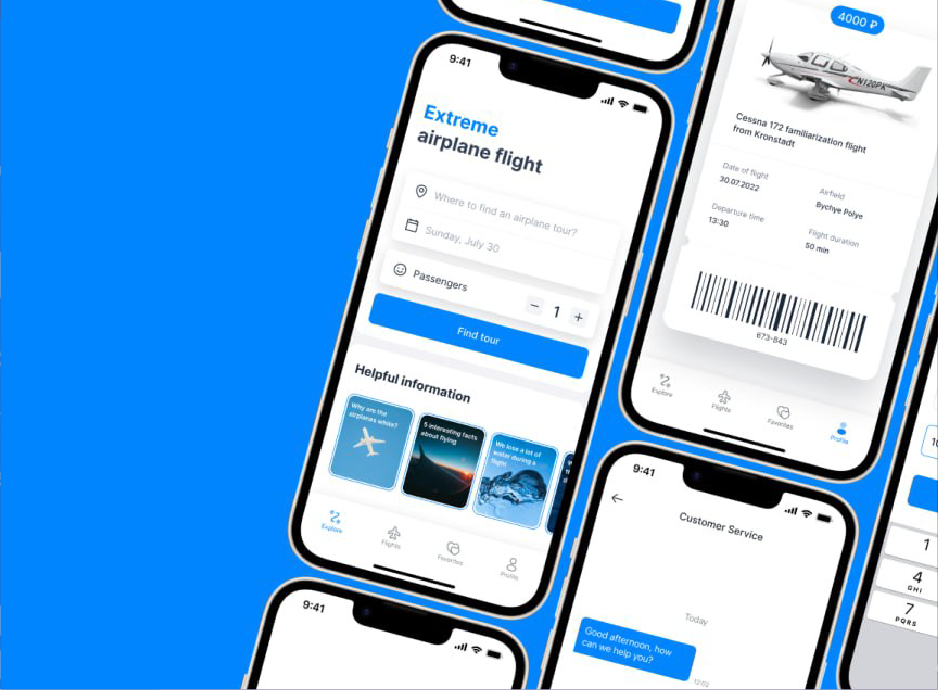
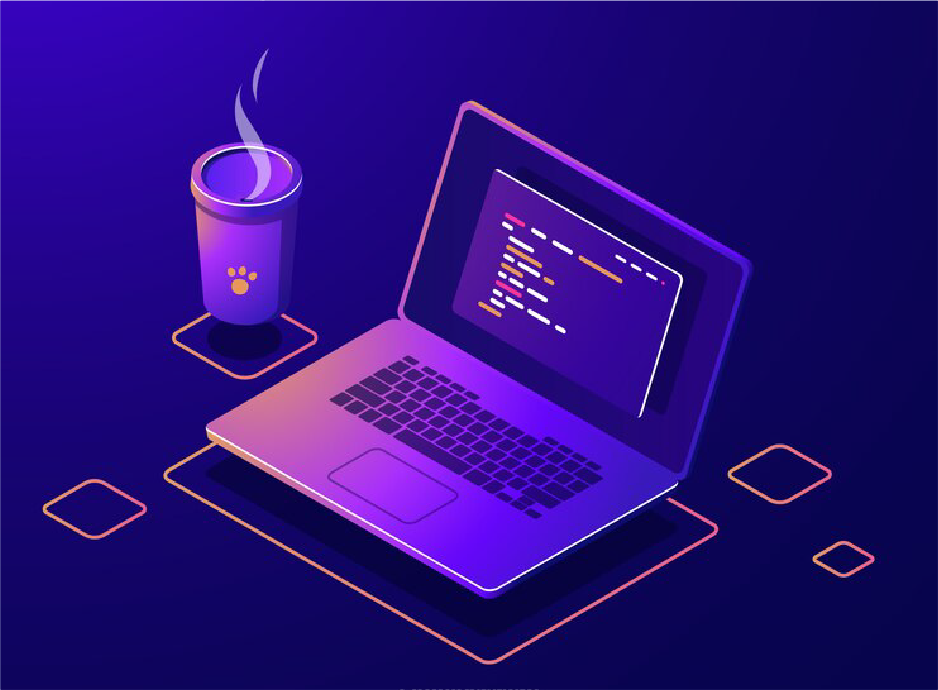

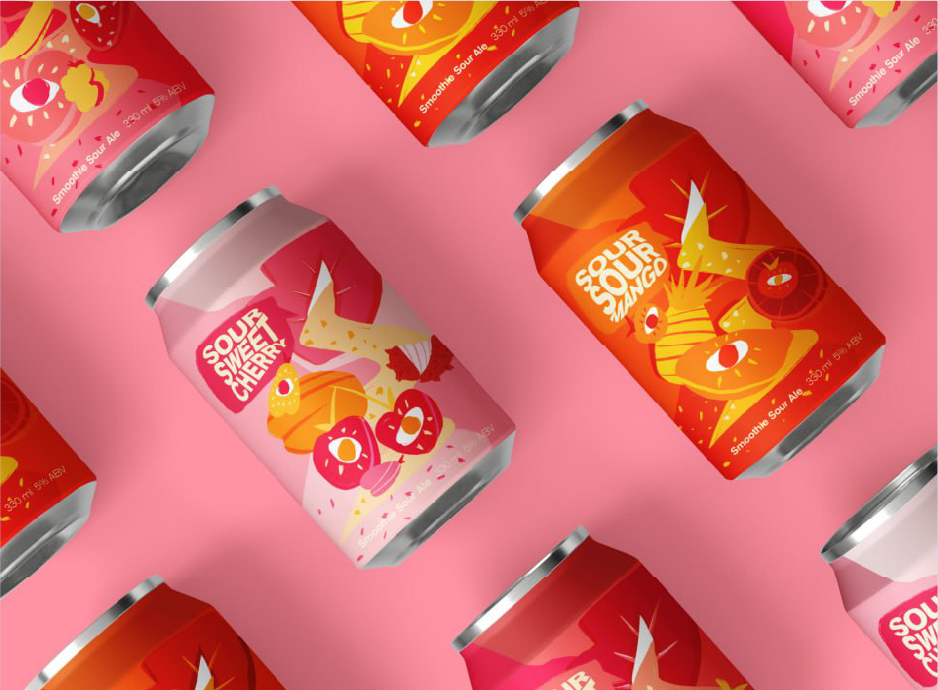
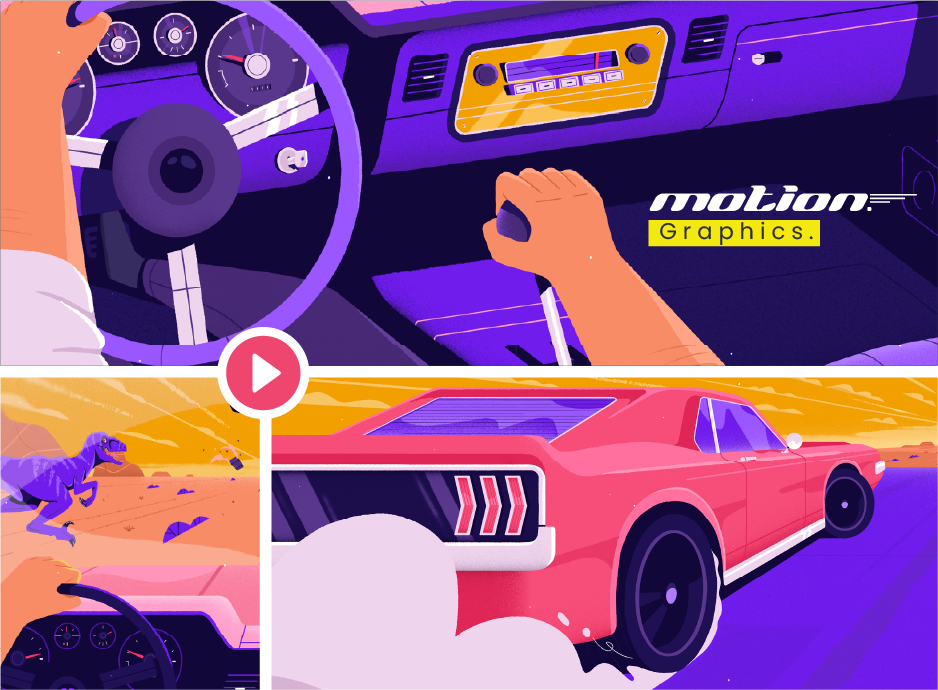
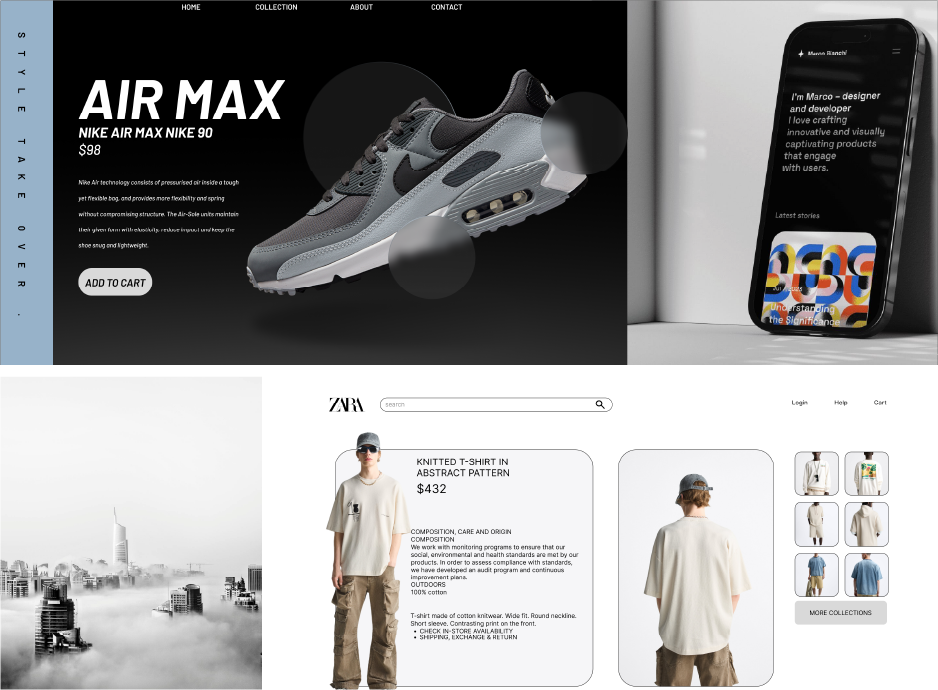

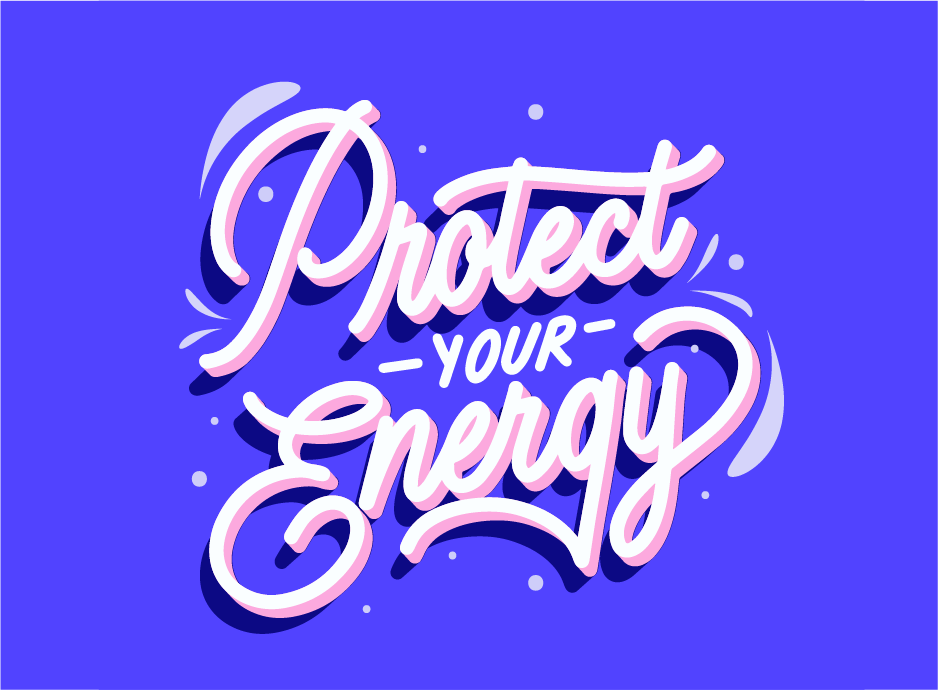
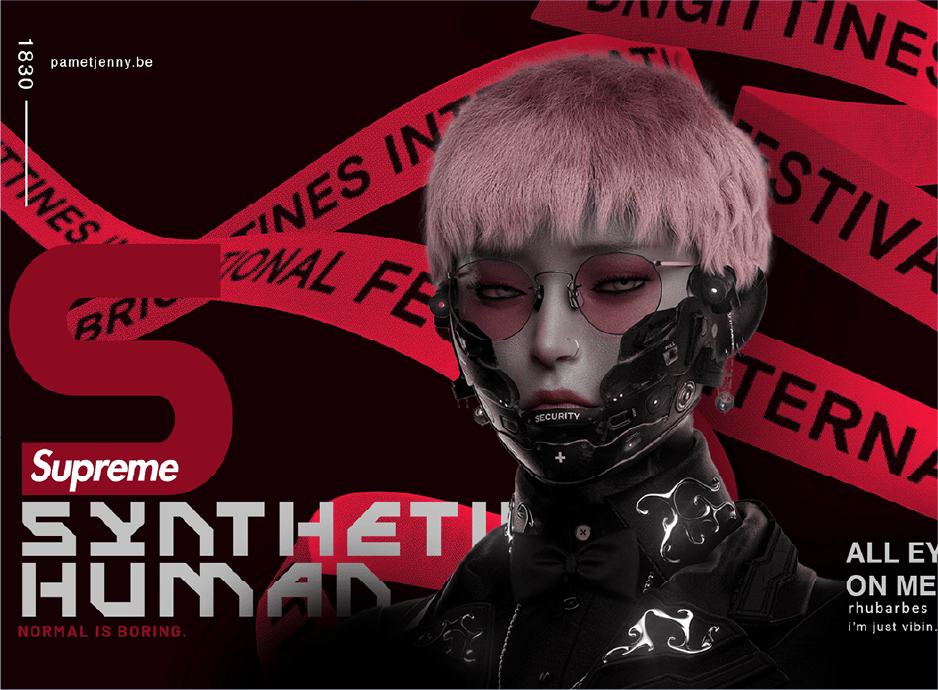
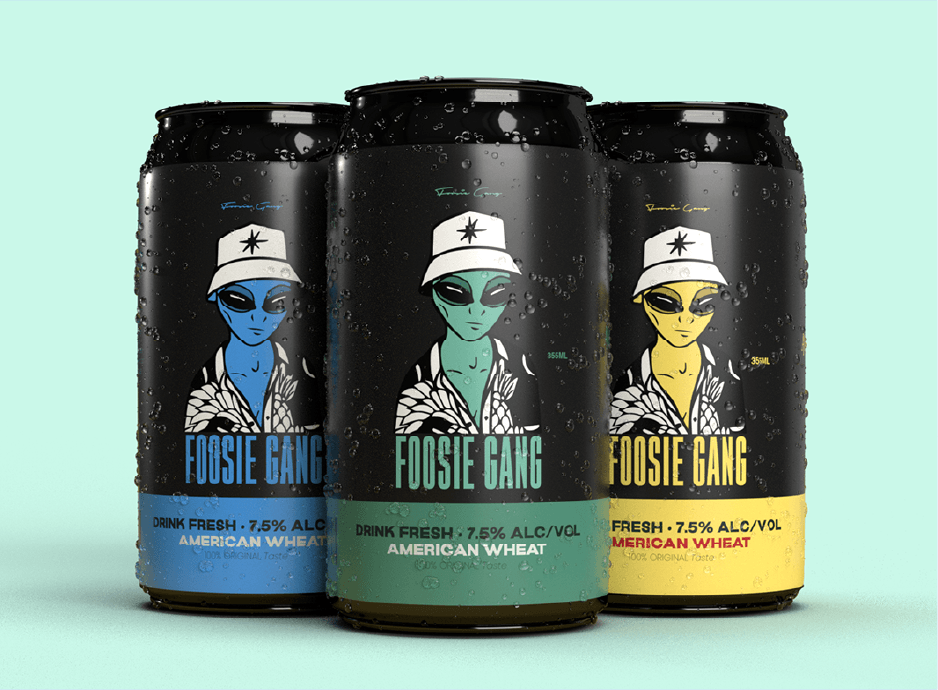

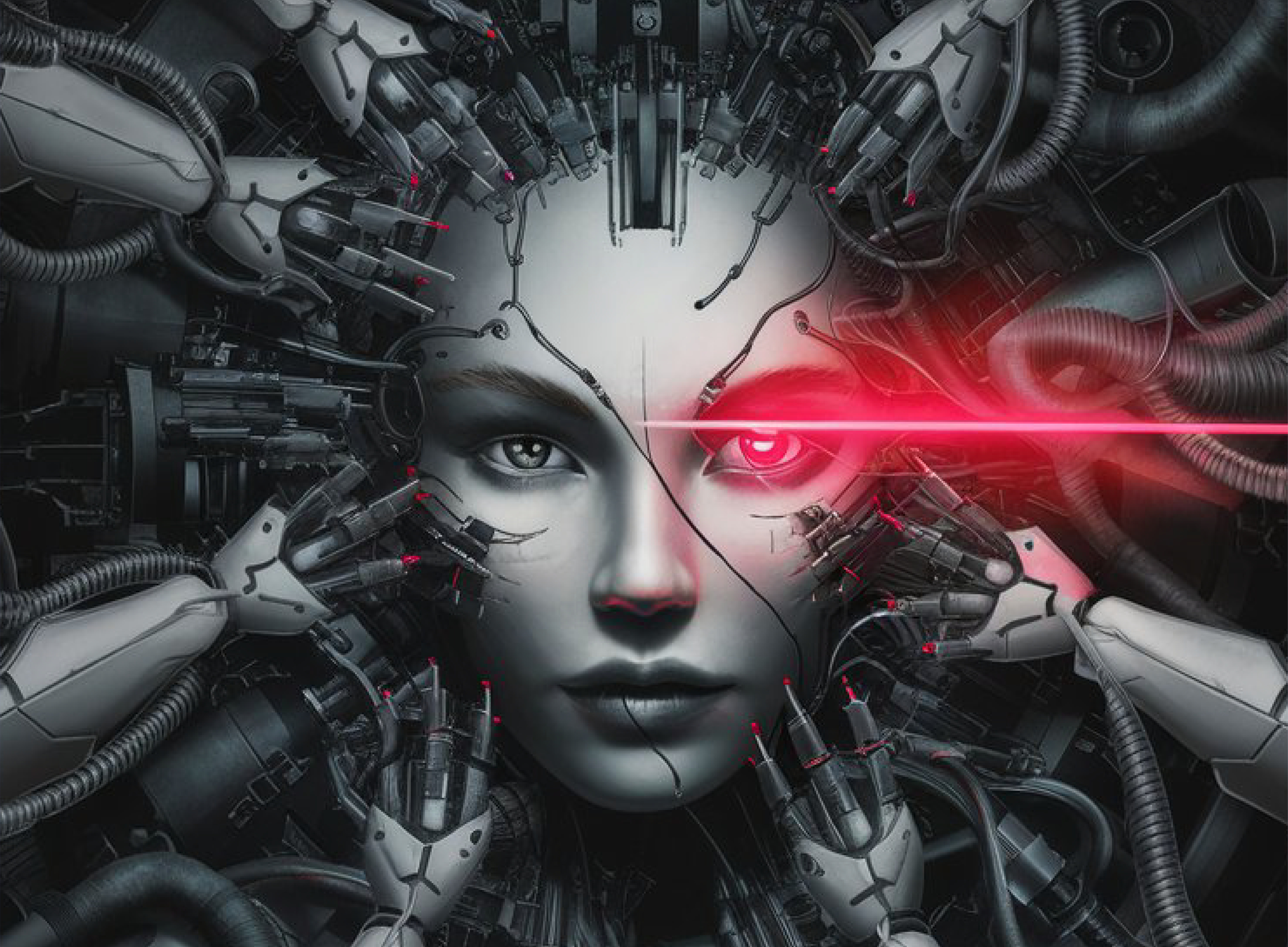
.jpg)
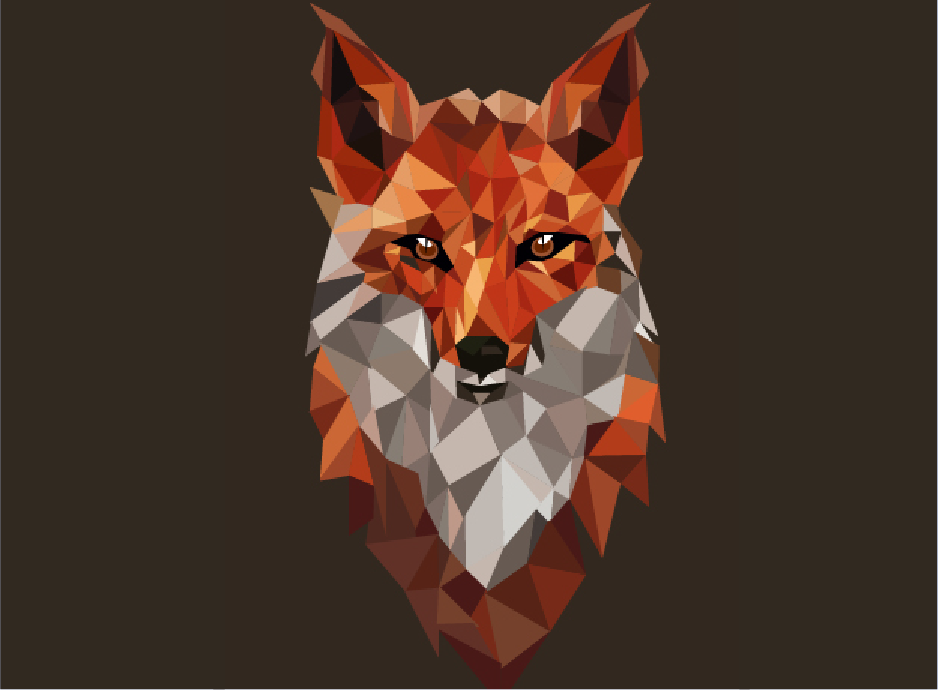
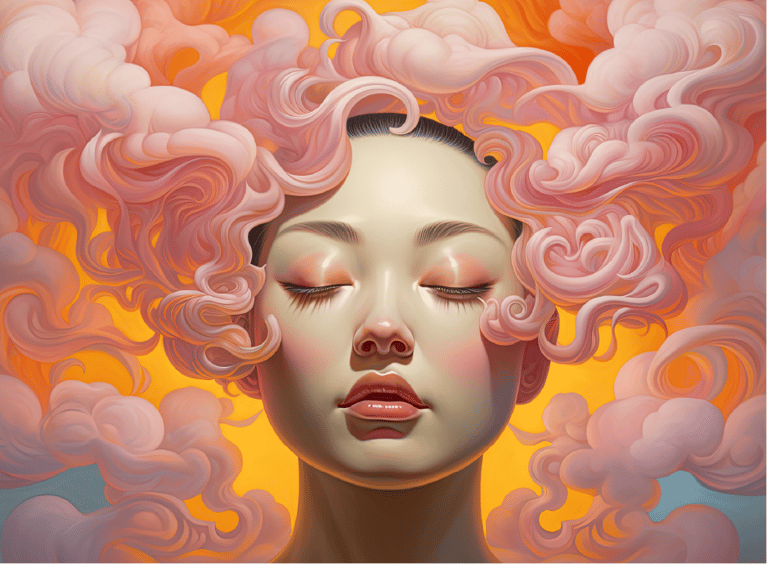
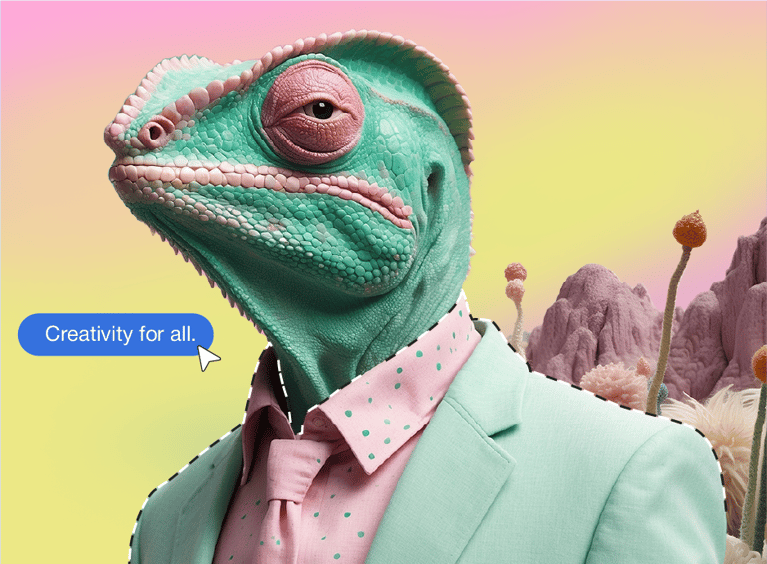
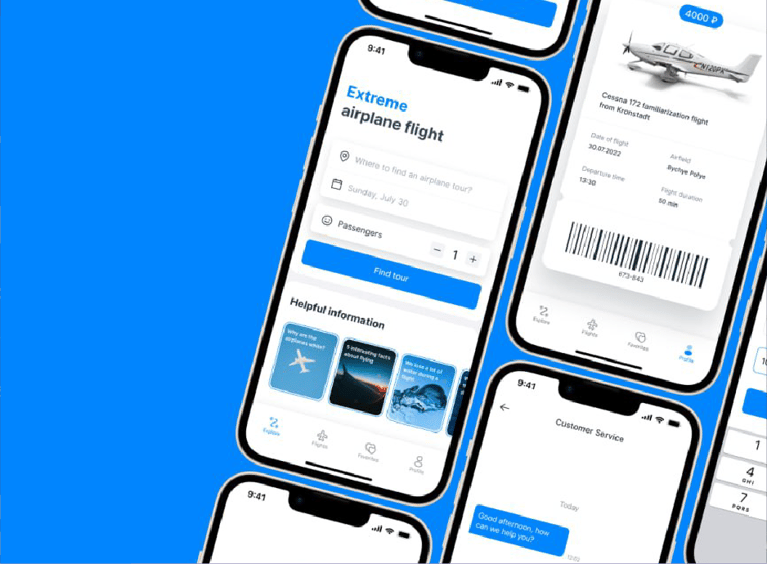
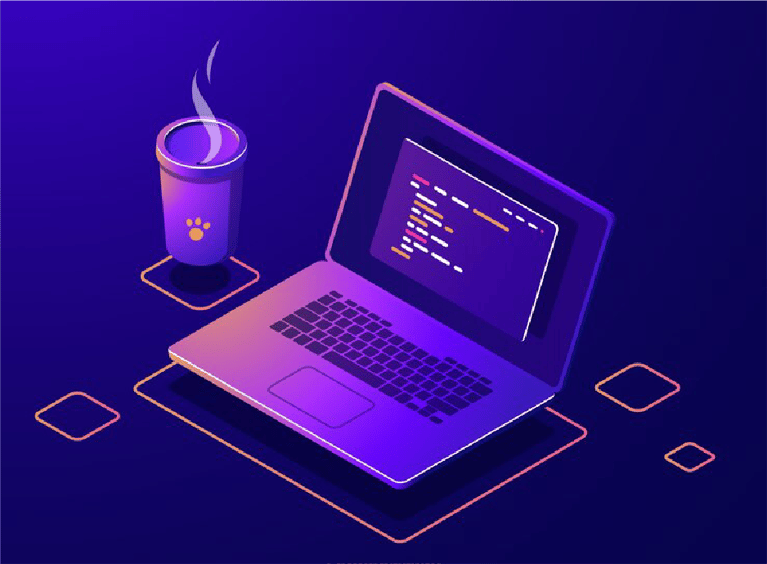
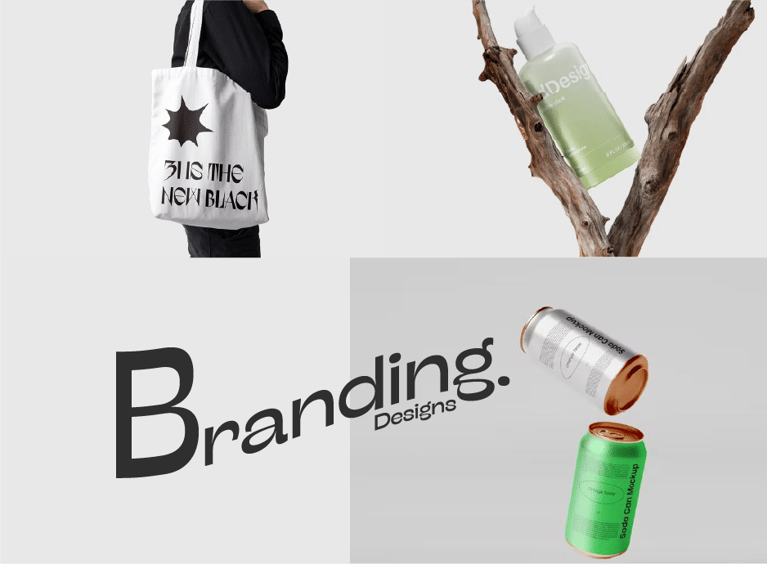
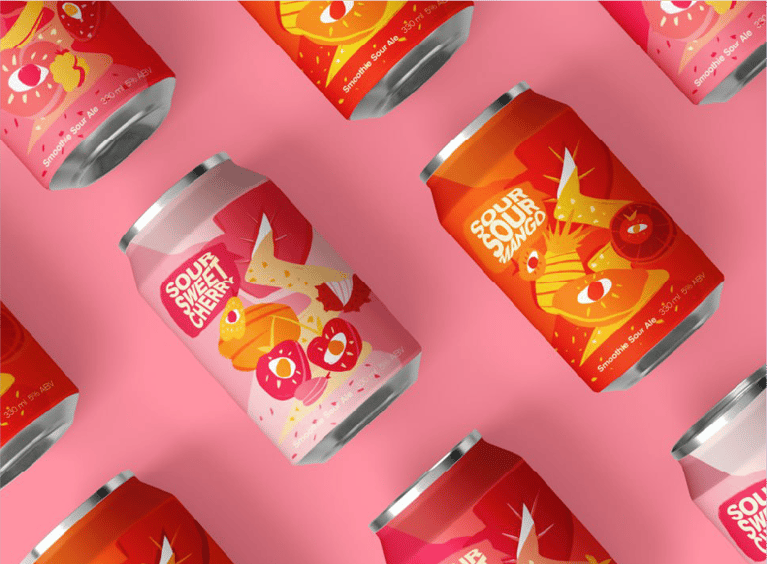
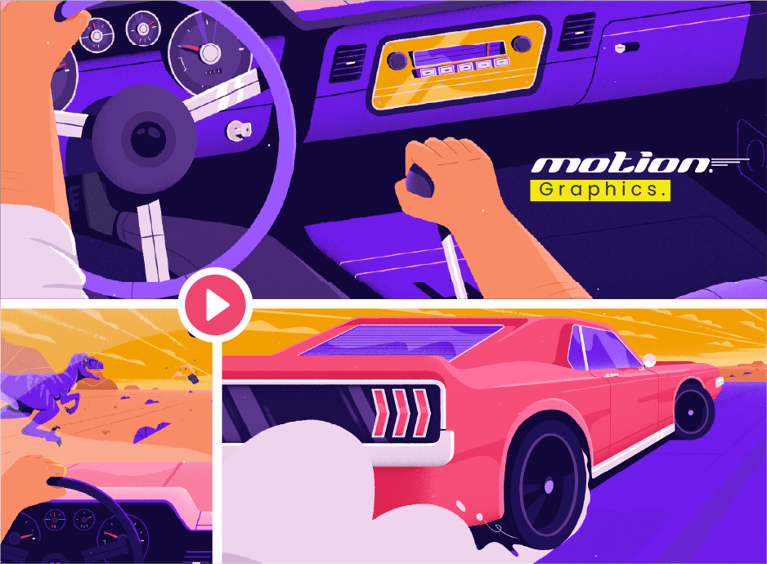
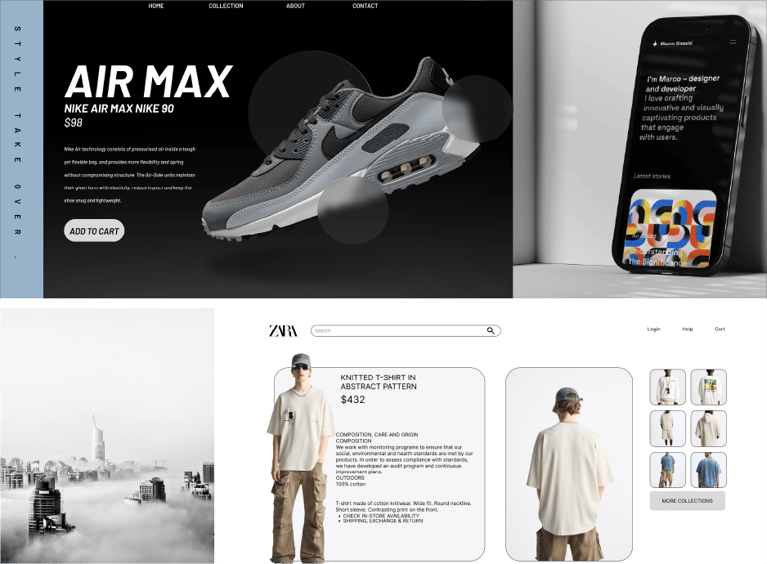

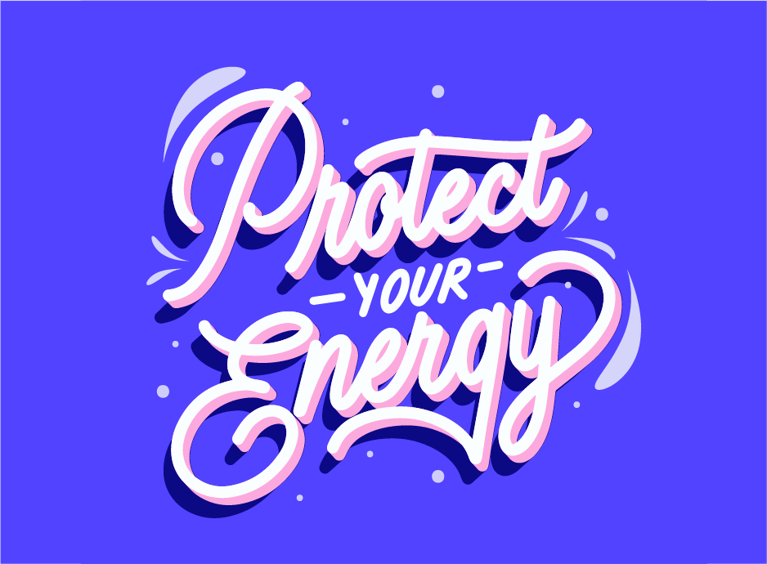
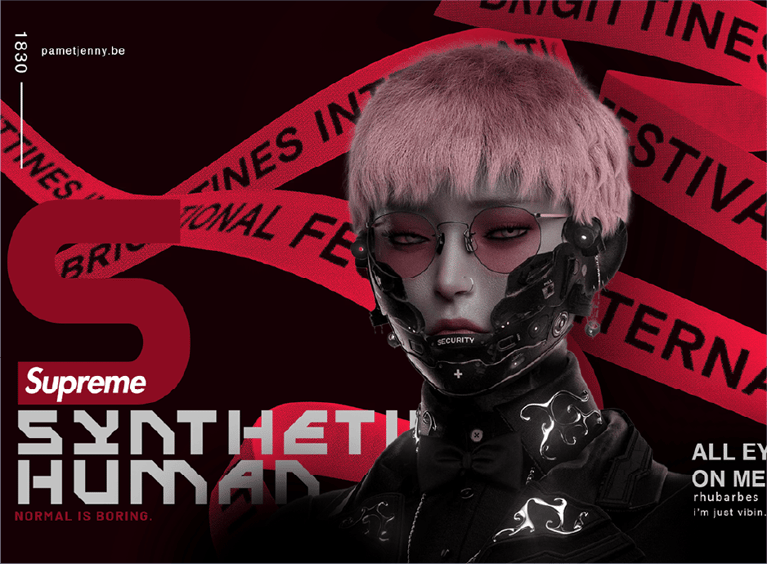
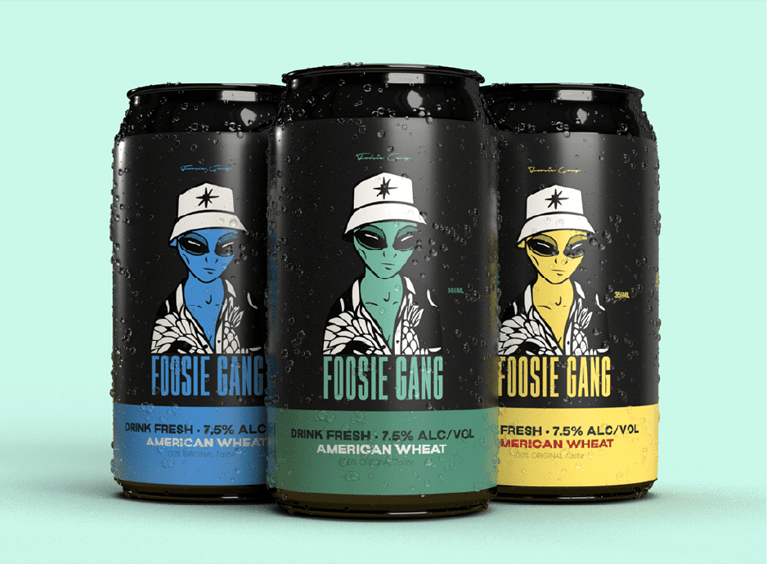

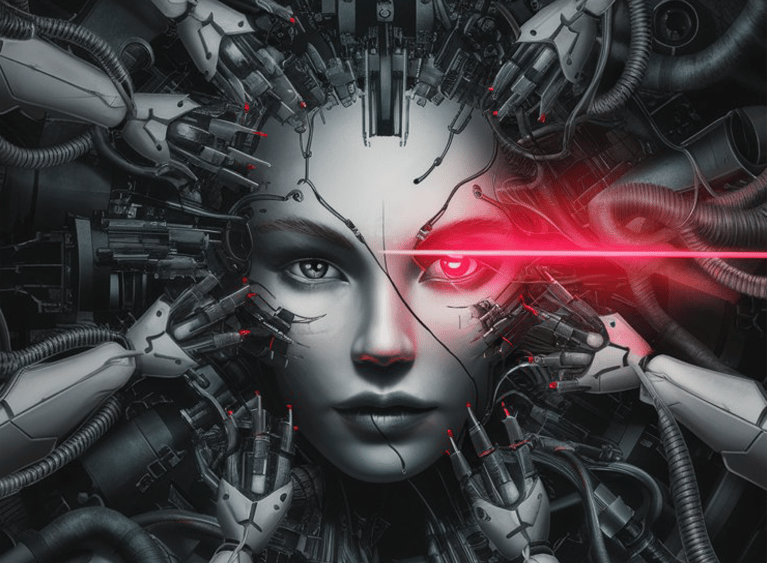
.jpg?width=767&name=movie%20poster%20%20(option%202).jpg)
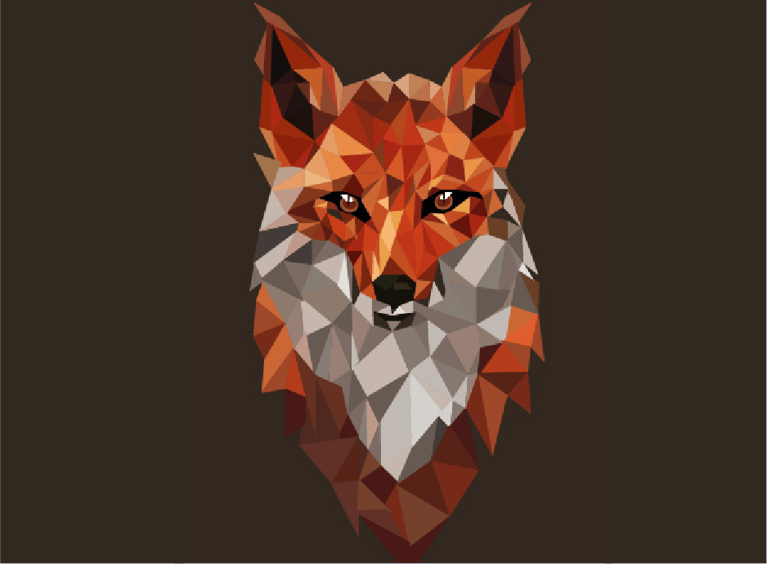
BOOK A FREE CONSULTATION